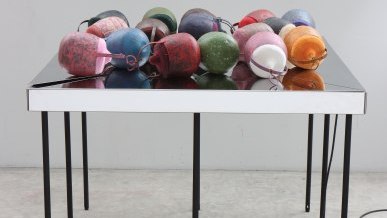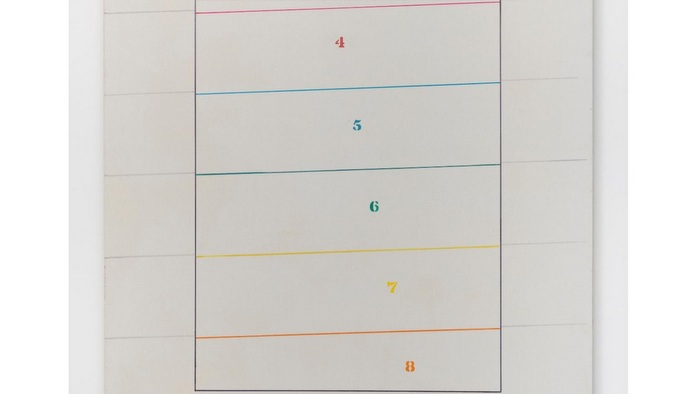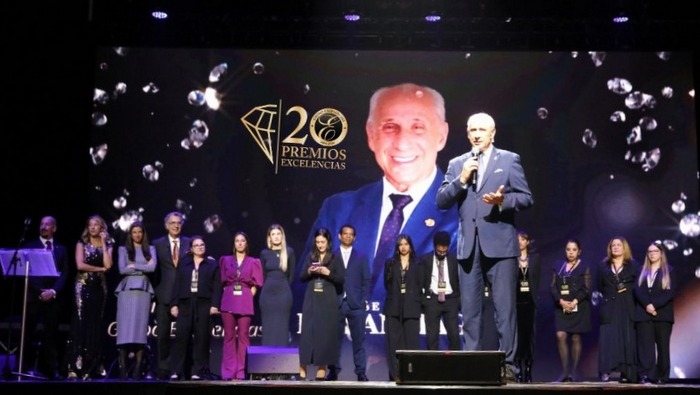The last exhibition scheduled to celebrate the fourth centenary of the death of El Greco in Toledo will be held from September 9th and titled El Greco: Art and Craft. This exhibition will bring together more than 90 works, some never before exhibited in Spain.
Next to the Museum of Santa Cruz, center of this large exhibition, El Greco: Art and Craft have two other Toledo venues: the Sacristy of the Cathedral and the Museum of El Greco. In both places two separate Apostolate of the artist, that will join for three months to the two to be exhibited at the Museum of Santa Cruz:The Marques de San Feliz, of the National Museum of Sculpture in Valladolid- that will come from Oviedo-: and the works that survive from the Apostleship of Almadrones (Guadalajara), dispersed after the Civil War.
Curated by Leticia Ruiz, the exhibition aims to reflect and show the complex system of artistic creation that the artist had in his workshop in Toledo, spanning through all his major works the production of El Greco in Toledo.
Thanks to this exhibition will be exhibited for the first time works never seen in Spain, some of whom will travel from private collections in UK, USA and Mexico, and in situ can compare different versions, eg , El Expolio, Cristo abrazado a la Cruz, San Francisco o La Crucifixión, among others.
Toledo Workshop
The arrival of El Greco in Spain in the last third of the sixteenth century introduced an innovative way of painting. The artist had a profound originality due to his ability to absorb techniques and styles making them unique. From his first commissions in the city he had a group of artisans and helpers that allowed him to take over the creation of tableaus, but also minor work to a varied clientele where production for parishes alternated, convents and numerous private , so Domenicos Theotocopoulos had to mount a workshop that was located in his home.
This forced the painter to make a dynamic complex pictorial creation, in which he dealt with handwritten perform major works and prototypes of his major compositions, then intervening in the preparation of replicas, variants and copies, involving varying degrees of artists in his workshop.
Related Publications

Galerie Lelong & Co.: Pinaree Sanpitak
November 01, 2024
The Art Show: Castelli Gallery
October 31, 2024












